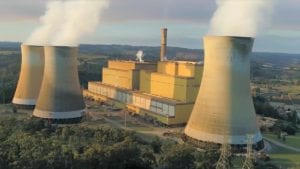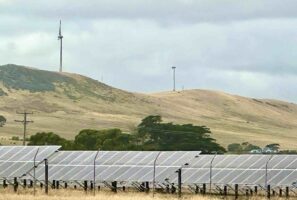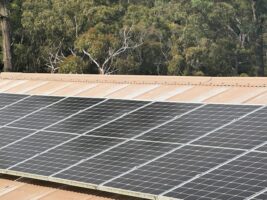Sitting across several time-zones can be relatively disorienting. I follow climate and energy news across Europe, Asia, North America and Australia and the differences in pace are astonishing. It feels like every single day, particularly in Europe and America, there is something new – and it’s usually something substantial.
These past few weeks alone, a flurry of major asset write-downs has been announced for fossil fuel companies. The US is starting to ramp up preparations for the 2021 Earth Day climate summit. Europe’s countries and the European Union are all seeing major changes rippling through their economies. China’s inching along, but inches are better than nothing, and the chances of bigger things coming soon are high.
Things are truly hotting up in the UK, where preparations for the 2021 COP26 event are already starting. A collection of countries are expected to come to that meeting and up their climate ambitions. The UK’s emissions have fallen significantly over the past decade, thanks mostly to its ditching of coal-fired power, but also to its phase-down of fossil fuel mining; particularly coal since the 1990s, as I wrote earlier this week on RenewEconomy.
Amazingly, the UK is in fact proposing a single new coal mine – the Cumbria deep underground mine, to supply metallurgical coal (used for making steel). Boris Johnson’s decision to push ahead with this is coming under increasing fire, with James Hansen, considered a key figure in climate science and one of the first to warn strongly about the problem, coming out with all guns blazing against the proposal. It has dominated my UK-climate Twitter list, and has received coverage across much of the UK’s media outlets.
The reason this feels significant in relation to Australia is that it is a very telling and meaningful contrast to Australia’s plans to expand the production of coal, both thermal (for power stations) and metallurgical, at a scale that far, far outweighs the UK plan. The site will output around 2.43 megatonnes per annum (mtpa) of coking coal per year. Last year, I wrote about the IEA’s big new ‘coal report’, which found that Australia’s planned coal mines have, um, quite a large footprint. Let’s compare the UK’s controversial new coal mine to Australia’s plans:
In total, Australia is planning 590 mtpa of coal mining capacity, 38 mtpa of which is well advanced into the final stages of construction. Every single advanced Australian coal mine is larger than Cumbria.
Of course, this is a sign that wrongdoing is harder to oppose when it’s in such quantities that it’s saturated and exhausting. The UK’s new coal mine is new, and that’s what give opposition such strength. Australia’s coal mine expansion plans are in such great quantity, and ingrained so deep, that it makes taking action against this very hard.
As it is for coal mining, it is for the rest of Australia’s emissions footprint. Currently, the argument within the government is about whether to build coal-fired power stations, or whether to build gas-fired power stations. That they ought to be building neither, and shutting down both as soon as possible, doesn’t really factor in. Nor is the prospect of a 100% zero emissions grid by 2035 likely to play a part in these discussions. Cutting transport emissions? Not a chance.
It’s clear that the targeting of country’s most developed and biggest new coal mine – the Adani project – has worked to counter this, somewhat. It became a symbol of protest against climate inaction and fossil fuel company wrongdoing. But it’s hard to replicate that level of focus, particularly across the broader high-emitting industries. And much of it is going to come back to bite this year, as the world’s countries suddenly start paying real attention to each other on their climate goals.











